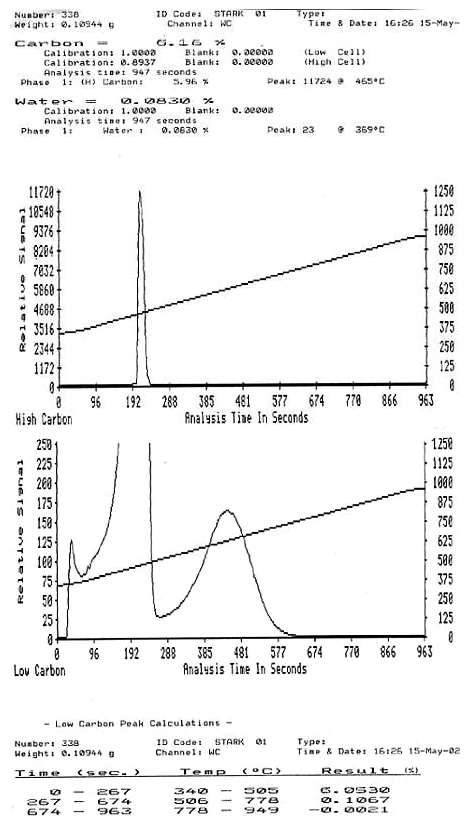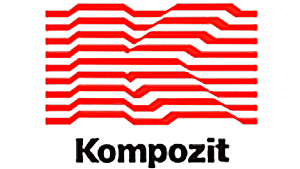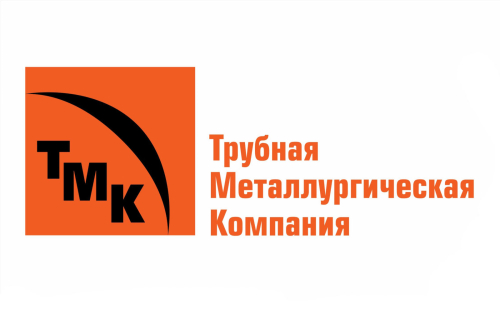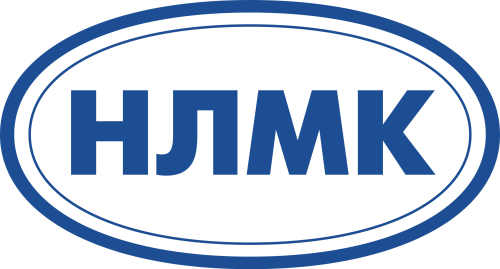Laboratory of materials Diagnostics
Head of Laboratory
K V Grigorovich
DSc in Engineering, professor, full member of the Russian Academy of Sciences
Publications
87
Citations
440
h-index
10
Authorization required.
The Materials Diagnostics laboratory has a set of analytical equipment available for spectral analysis methods, analysis of light elements, analysis of the structure and phase composition of materials, and impact tests. As well as a group of mathematical modeling of metallurgical processes.
- Scanning electron microscopy (SEM)
- Auger spectroscopy
- Extraction in carrier gas
- Mass spectrometry

K Grigorovich
Head of Laboratory
Research directions
Carbon phase analysis
+

The LECO RC-412 multiphase gas analyzer is designed to separate and quantify the content of various forms of free carbon, organic (traces of lubricants), amorphous (soot), bound into carbides and graphite, total carbon content and humidity in laboratory conditions. The gas analyzer can be used with great success in the chemical metallurgical, machine-building industry, geological research and other fields of science and technology. The principle of operation of the RC-412 analyzer is based on the possibility of non-isothermal (at a given speed) or multistage heating of the sample in a tubular furnace (quartz tube) in quartz boats, in an oxygen stream, and determination of the formed carbon dioxide using an infrared radiation detector. By analyzing the dependence characterizing the process of carbon oxidation at different temperatures, it is possible to determine the content of both total carbon and its content in various phases. The temperature ranges (beginning – end) of oxidation of different forms of carbon shift depending on the particle size of the analyzed sample, the weight of the sample sample, the uniformity of its distribution in the quartz boat, the heating rate and other factors, which indicates the complexity of the kinetic processes occurring during the analysis. Humidity is determined by heating the sample in a nitrogen stream, exposure at set temperatures and registration of water vapor by absorption peaks in the infrared region. Sensitivity of the method, % 0.01. The measurement range of the mass fraction of carbon (based on a sample weighing 250 mg), %: 0.02 — 20.0.
Mathematical modeling of metallurgical processes
+

Responsible steels require strict control of the content of non-metallic inclusions. To improve the quality of the final product, it is important to understand the mechanism of formation of inclusions during the steelmaking process in order to control their content and dimensional distributions. In this regard, methods for predicting the formation and removal of HB in steel production based on mathematical modeling are emerging. This is not least due to the fact that the modern world is in transition from the third industrial revolution to the fourth. The Fourth Industrial Revolution or, as it is called in another way, Industry 4.0 is characterized by the development of digitalization and the introduction of cyber-physical systems. One of the main tools of digitalization is the creation of digital twins. Already today, it is becoming relevant to develop various mathematical models of metallurgical units that describe various processes associated with this unit: both internal (for example, the course of various chemical reactions in a bath of liquid metal) and external (supply and addition of various materials and reagents). Combining these models into a single complex (the so-called digital twin) will allow the development of software that will optimize technologies, increase production stability and reduce the cost of steel. The main feature of this model is that when modeling the formation of HB in a bucket, the redistribution of components of the HB-metal system is taken into account. When calculating the formation of HB, the equations of the material balance are taken into account, and calculations are carried out in the local volume of the bucket. These factors make it possible to obtain more accurate results when calculating the formation of inclusions.
Fractional gas analysis of non-metallic inclusions
+

Fractional gas analysis (PHA) is a modification of the method of reducing melting in a graphite crucible in a carrier gas current at a given linear heating rate of the sample. The method of analysis is based on the difference in temperature dependences of the thermodynamic strength of oxides, in which the main part of the oxygen bound in the metal is located. Thus, by setting the modes of monotonous heating of the sample in the graphite crucible of the analyzer from 1350K to 2200K at a speed of 2-4 K / sec, an oxygen gas emission evalogram is obtained. The evalogram represents a spectrum of peaks, each of which corresponds to a particular type of oxide inclusions. The peaks have their own characteristic temperatures of the beginning and maximum of recovery, by which it is possible to identify compounds. Mathematical processing of the gas emission curve from graphite crucibles using the original OxSeP and OxId software is used to interpret the results. This procedure takes into account the temperature-dependent function of gas emission, as well as the delay and blurring of the analytical signal in the gas system of the analyzer.
Publications and patents
Found
Nothing found, try to update filter.
Lab address
Москва, Ленинский проспект, д. 49
Authorization required.







